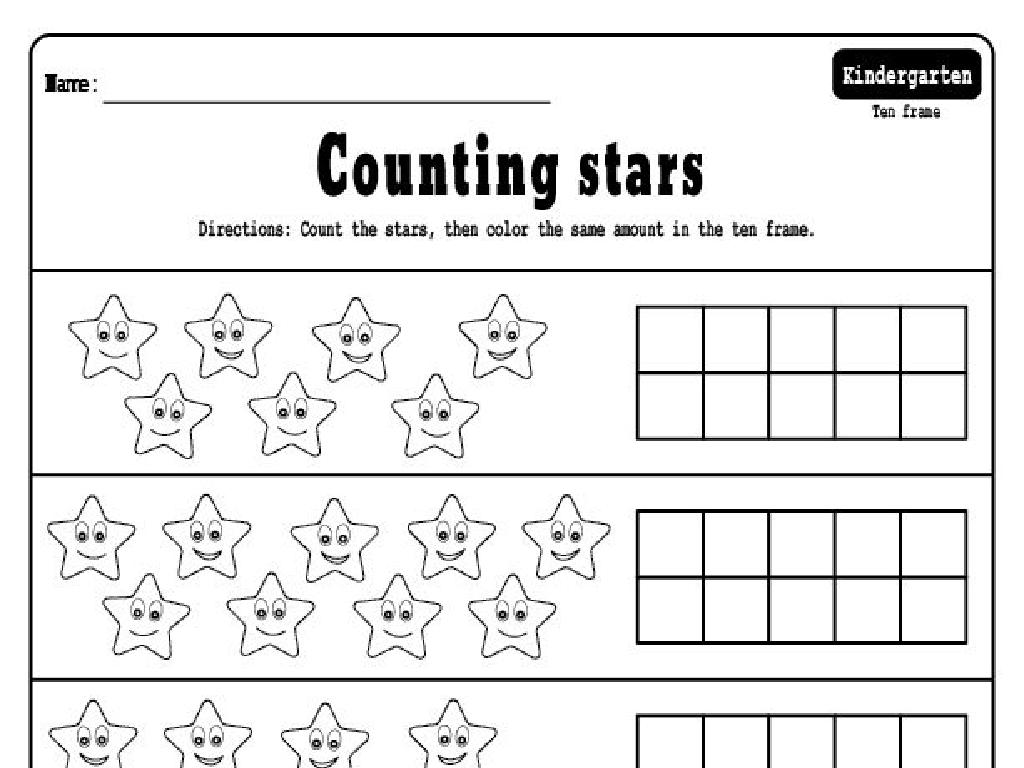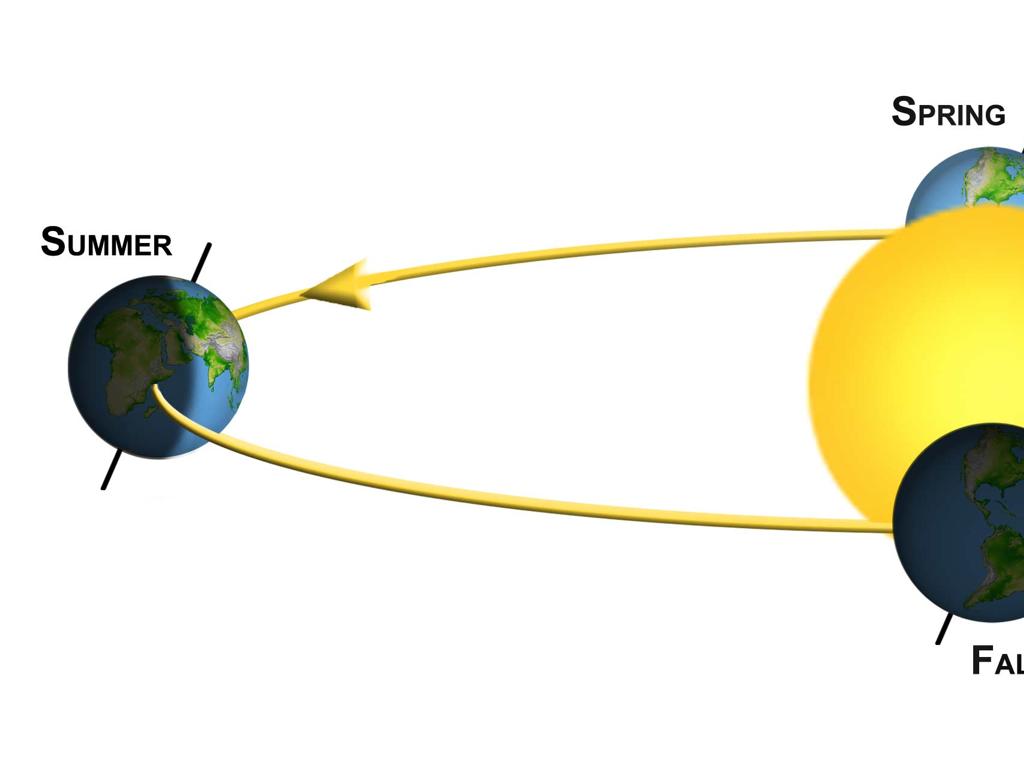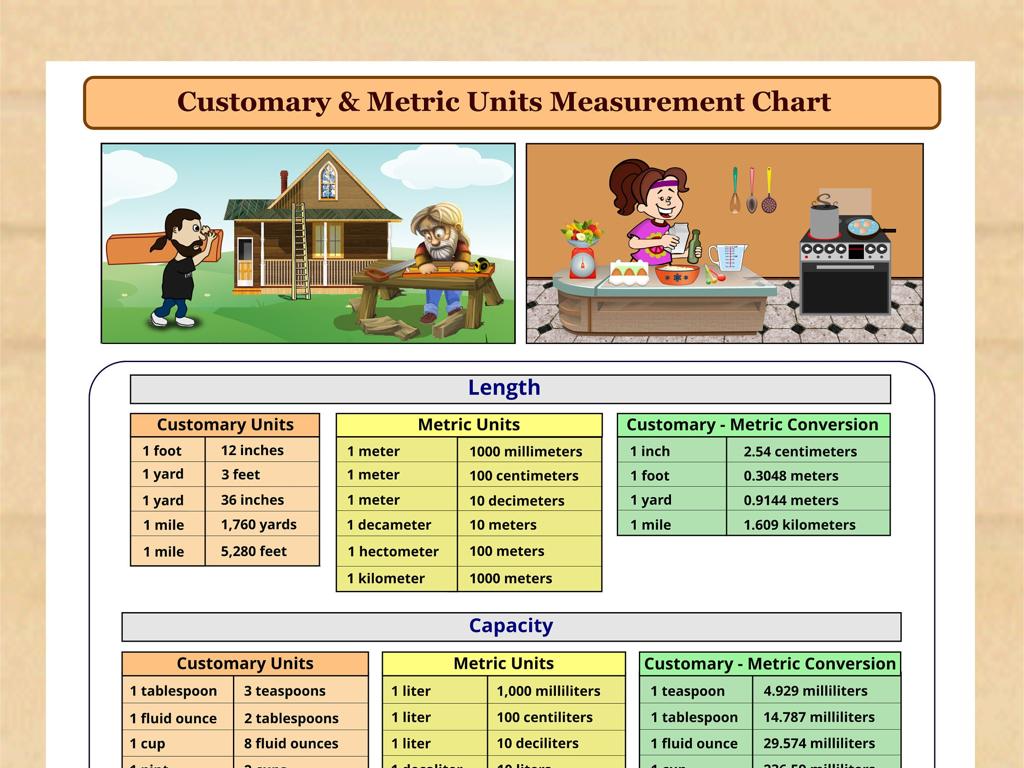Evaluate Variable Expressions With Whole Numbers
Subject: Math
Grade: Sixth grade
Topic: Expressions
Please LOG IN to download the presentation. Access is available to registered users only.
View More Content
Evaluating Variable Expressions with Whole Numbers
– Algebra is a math language
– Just like words form sentences, numbers and symbols form expressions.
– Expressions are sentences in algebra
– An expression can include numbers, variables, and operations.
– Evaluating expressions with variables
– To evaluate, replace variables with given numbers and calculate.
– Using whole numbers in expressions
– Whole numbers are numbers without fractions or decimals.
|
This slide introduces students to the concept of algebra as a language with its own rules and syntax. Expressions are the sentences of this language, made up of numbers, variables, and mathematical operations. Today’s lesson focuses on evaluating these expressions when the variables represent whole numbers. Emphasize the importance of understanding the role of each component in an expression. Provide examples of variable expressions and demonstrate the process of substituting variables with whole numbers to find the value of the expression. Encourage students to practice with different expressions and whole numbers to gain confidence in evaluating them.
Understanding Variables in Expressions
– Definition of a variable
– A symbol like x or y that stands for a number
– Variables can have different values
– They can change to represent any number
– Example: x in an equation
– In ‘x + 5 = 10’, x is what number?
– Variables in math problems
– Use variables to solve problems
|
This slide introduces the concept of variables, which are fundamental in understanding algebra and expressions. A variable is a symbol, often a letter, that represents a number in mathematical expressions and equations. It’s important to convey that variables can take on different values; they are not fixed. For example, in the equation ‘x + 5 = 10’, ‘x’ is a variable that represents the number 5 in this case. Encourage students to think of variables as placeholders for numbers that we might not know yet. In class, practice with different equations to show how the value of a variable can change depending on the equation.
Understanding Mathematical Expressions
– Definition of an expression
– A mix of numbers, variables, and operations without an equal sign.
– Expressions vs. Equations
– Equations have equal signs, expressions do not.
– Examples of expressions
– 3x + 2, 7 – y, 4a are expressions without equal signs.
– Evaluating expressions with whole numbers
– Replace variables with whole numbers and perform operations.
|
This slide introduces the concept of expressions in mathematics. An expression is a combination of numbers, variables (like x, y, or a), and operations (such as addition or subtraction) but, unlike equations, they do not include an equal sign. Provide examples of simple expressions and highlight the absence of an equal sign to differentiate from equations. Then, guide students on how to evaluate expressions by substituting variables with given whole numbers and performing the operations in the correct order, following the rules of arithmetic and the order of operations. Encourage students to practice with various expressions to become comfortable with the concept.
Evaluating Variable Expressions
– Replace variables with numbers
– If x=5 in 2x+3, replace x with 5 to get 2(5)+3
– Follow the order of operations
– Remember PEMDAS: Parentheses, Exponents, Multiplication and Division, Addition and Subtraction
– Example: Evaluate 3x + 2 for x = 3
– Substitute x with 3: 3(3) + 2 equals 9 + 2, which is 11
|
When evaluating expressions with whole numbers, it’s crucial to understand the concept of replacing variables with specific values. This slide introduces the process of evaluation by substitution and emphasizes the importance of following the order of operations, known by the acronym PEMDAS. The example provided will help students see how to apply these steps in practice. Encourage students to work through the example independently, then verify their results as a class. This will prepare them for more complex expressions and ensure they are comfortable with the evaluation process.
Mastering Order of Operations: PEMDAS
– Recall PEMDAS sequence
– Parentheses, Exponents, Multiplication/Division, Addition/Subtraction
– Follow PEMDAS for expressions
– Correct order ensures accurate results
– Practice with examples
– Example: Evaluate 3 x (4 + 2) – 5^2
|
This slide introduces the concept of the order of operations, which is crucial for correctly evaluating mathematical expressions. PEMDAS is an acronym that helps students remember the sequence to follow: Parentheses, Exponents, Multiplication and Division (from left to right), and Addition and Subtraction (from left to right). Emphasize the importance of this order to avoid mistakes in calculations. Provide several examples for the students to work through, starting with simpler expressions and gradually increasing in complexity. Encourage students to explain their reasoning as they apply PEMDAS to each example. This practice will help solidify their understanding and prepare them for more advanced math concepts.
Let’s Practice Together: Evaluating Expressions
– Evaluate 2x for x = 4
– Substitute x with 4 in 2x to find the value.
– Evaluate 5y – 3 for y = 6
– Substitute y with 6 in 5y – 3 and calculate.
– Class problem-solving activity
– Discuss solutions and methods
– Share different approaches to solving expressions.
|
This slide is designed to engage the class in a collaborative problem-solving activity. Start by demonstrating how to evaluate the expression 2x with x = 4, showing the substitution step by step. Then, move on to the second example, 5y – 3 with y = 6, and guide the students through the process. Encourage the students to work through these problems together, fostering a collaborative learning environment. After solving, discuss the solutions as a class and explore different methods students may have used. This will help them understand that there can be multiple ways to approach a problem, and it will reinforce their understanding of evaluating expressions with whole numbers.
Your Turn to Try: Evaluating Expressions
– Practice with variable expressions
– Substitute whole numbers into variables and solve
– Share answers with a classmate
– Discuss your solutions and methods
– Group review of answers
– We’ll go over the answers as a class to ensure understanding
– Understanding through collaboration
|
This slide is designed to engage students in active practice of evaluating variable expressions with whole numbers. Students should work independently to substitute given values into the variables of an expression and solve for the result. Afterward, they will pair up with a partner to compare their answers and discuss any differences in their approach. This peer interaction helps students learn from each other and clarifies any misconceptions. Finally, the class will come together to review the answers, allowing the teacher to address common errors and reinforce correct methods. The teacher should prepare several expressions of varying difficulty for the students to practice with and have a clear step-by-step solution process ready for the review portion.
Class Activity: Expression Bingo!
– Receive your unique Bingo card
– Listen for the variable values
– Calculate the expressions
– Use the values given to find the results of each expression on your card
– Mark correct evaluations
– If your answer matches, place a marker on that square
|
This activity is designed to help students practice evaluating variable expressions with whole numbers in a fun and interactive way. Each student will receive a Bingo card filled with different expressions. As the teacher, you will call out different values for the variables, and students must evaluate the expressions on their cards using these values. They will mark the squares with the correct evaluations. The first student to get five correct answers in a row (horizontally, vertically, or diagonally) should shout ‘Bingo!’ At this point, pause the game to check their answers. If they’re correct, they win; if not, the game continues. Prepare several sets of variable values and expressions to ensure a dynamic game. Have small prizes ready for winners to keep the game exciting.
Conclusion & Homework: Practice Makes Perfect!
– Excellent work on expressions!
– Homework: Complete the worksheet
– Practice problems to reinforce today’s lesson
– Use order of operations
– PEMDAS: Parentheses, Exponents, Multiplication/Division, Addition/Subtraction
– Double-check your answers
– Review your work to ensure accuracy
|
Today’s class focused on evaluating variable expressions using whole numbers, and the students did a great job. For homework, they are assigned a worksheet that contains more practice problems to further solidify their understanding. It’s crucial to remind them to follow the order of operations, commonly remembered by the acronym PEMDAS, to arrive at the correct answers. Encourage them to always double-check their work for mistakes. In the next class, we can review the homework answers together, addressing any common errors or misconceptions that may have arisen.






